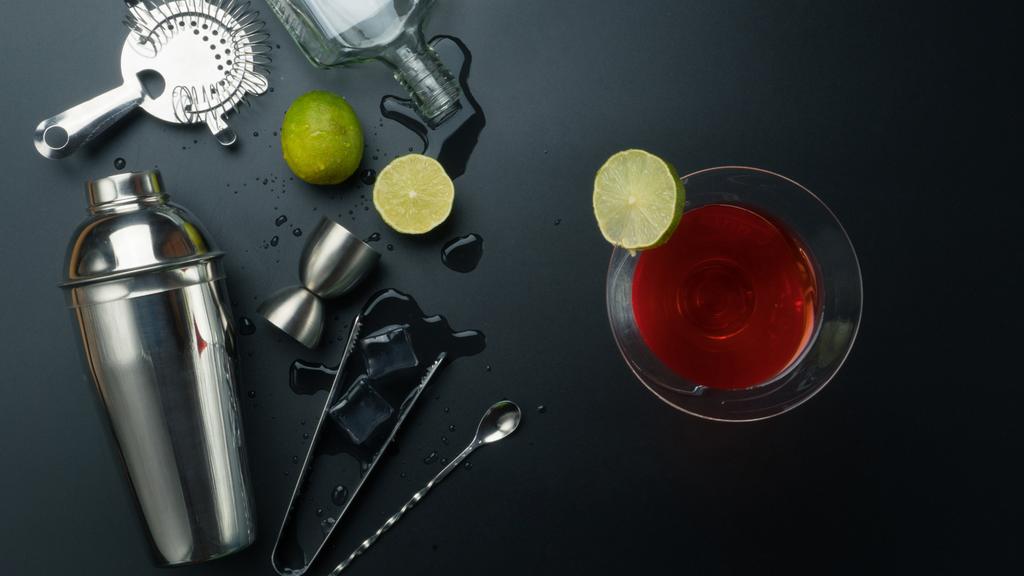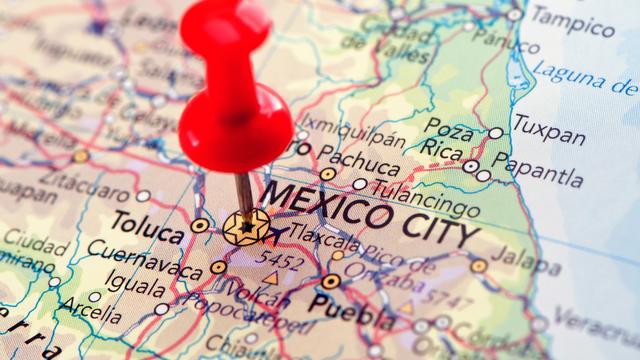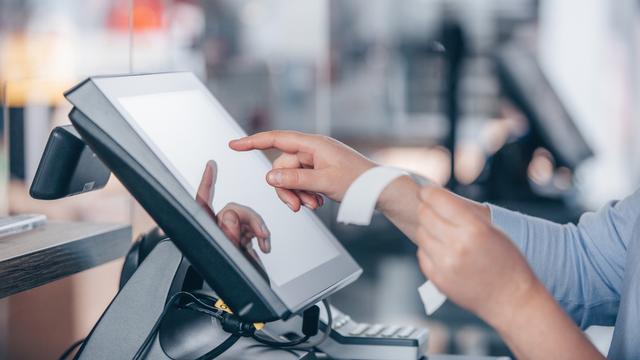Are you planning to open a bar but don’t know what equipment you’ll need?
Running a successful bar requires that you make the right decisions in different situations – that includes buying the right equipment for your business. Even though bars require less equipment than restaurants, they still have very specific needs that need to be met for your bartenders and other employees to work comfortably. In this article, I’ll go over the most important bar equipment you need to get at the start of your journey. Let’s begin!
What Determines Your Bar’s Equipment?
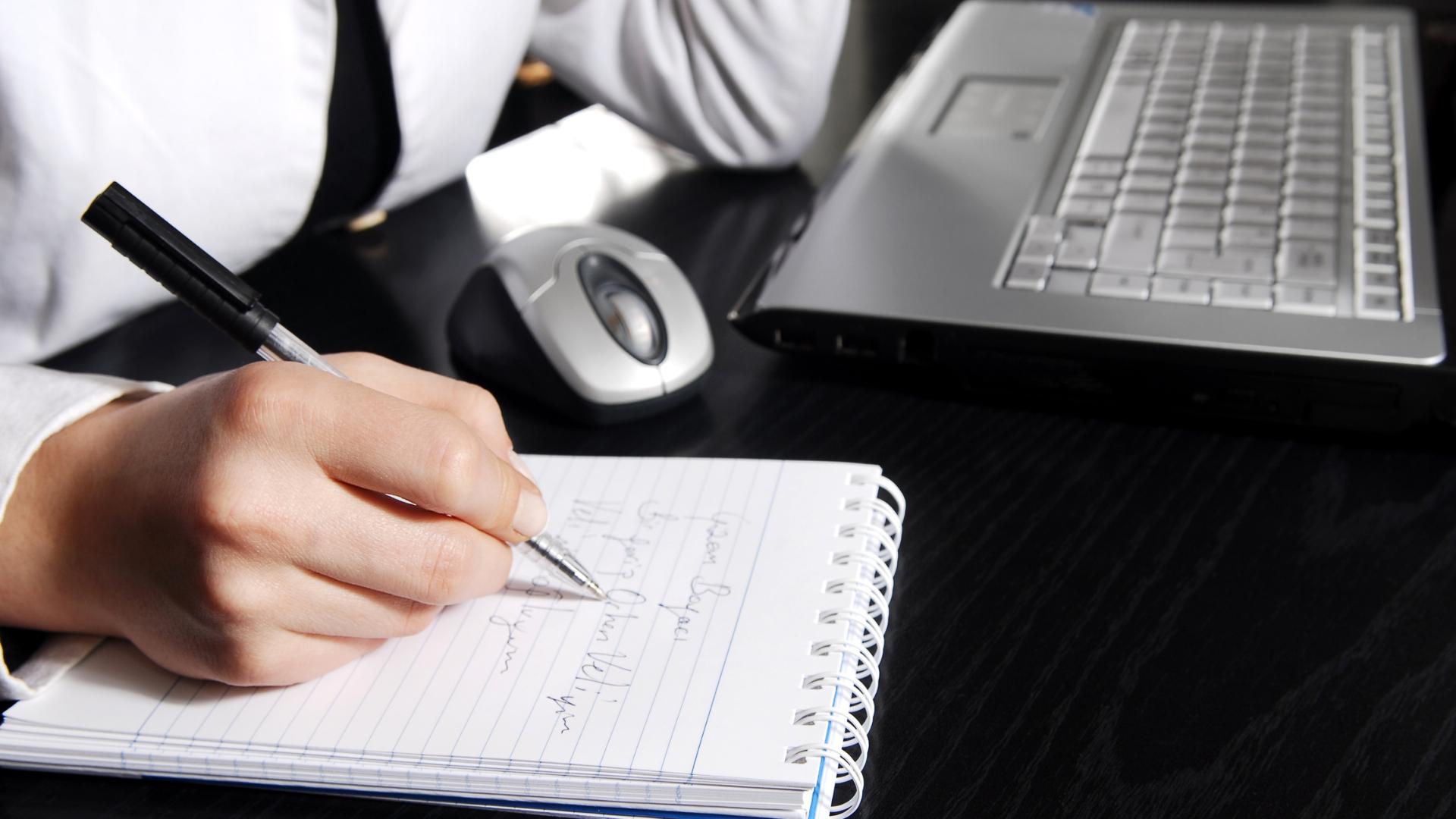
Before I get into the specific equipment you’ll need, we want to help you figure out what you’ll actually need. To help you, I’ve created main categories from which you’ll be able to pick what you need – you’ll likely need something from each one but not every item. This is because the equipment you must buy is determined by the following factors:
- The space you have to operate your bar
- How many employees you’ll have behind the bar area
- What’s your expected volume of clients
- Your menu
- And your budget
You must consider each of these factors before you buy anything. Another good idea is to try and create a sketch or diagram that details your available space and talk with your bartenders or with a consultant to figure out what would be the best organizational scheme to improve the workflow inside the working space. That way, you’ll be able to know in advance the equipment needed (at least the biggest pieces of equipment) and where they’ll go. This is also a good practice to improve the workflow, the speed at which your bartenders can produce drinks, and to reduce mistakes that can rack up losses in the process. Once you’ve studied the factors above and come up with a reasonable organizational scheme, you can create a list of what you’ll need immediately to get started. Now, let’s discuss in depth the equipment you’ll need.
1. Bar Layout
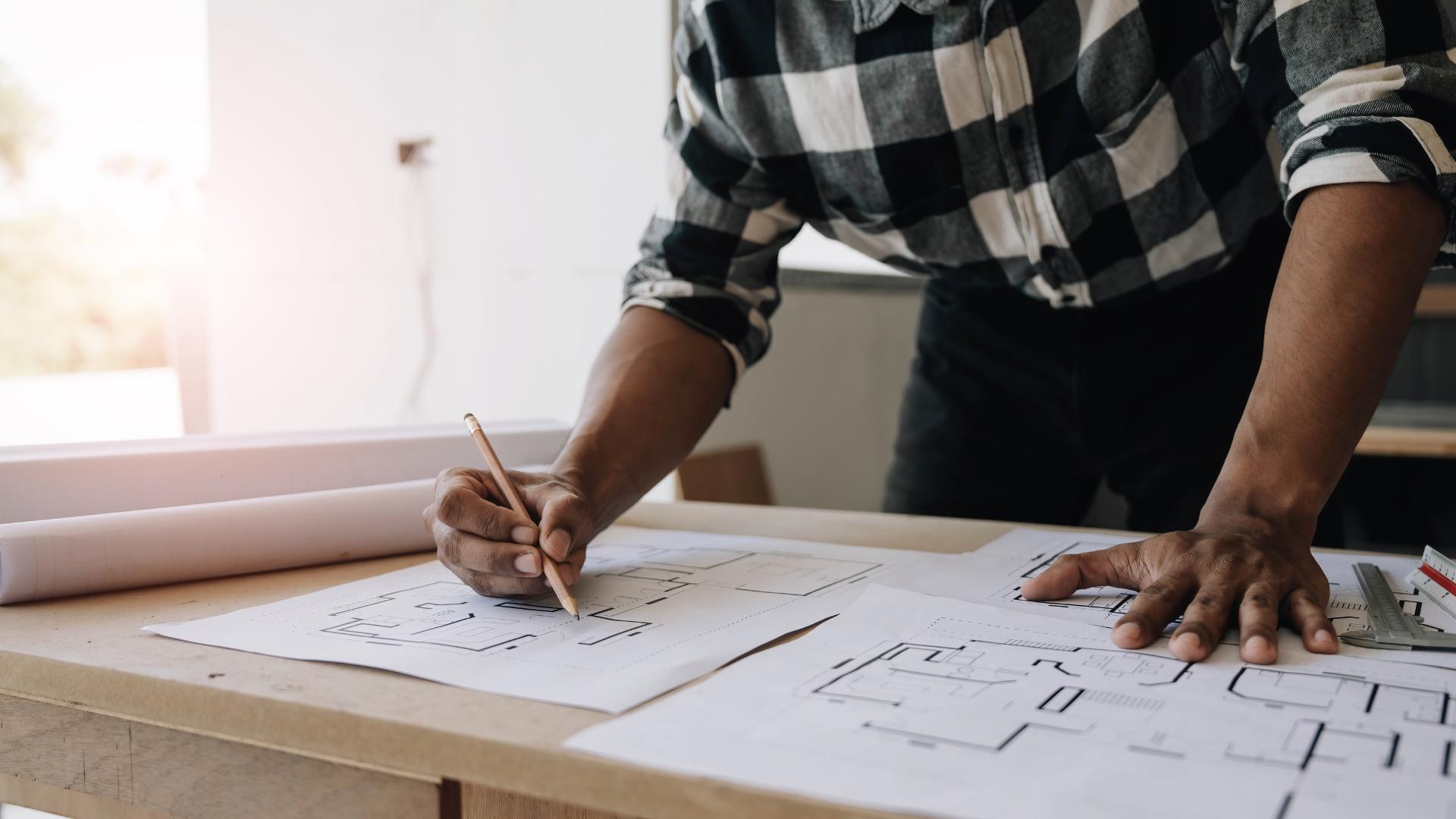
Not a lot of people mention this, so I wanted to talk a little bit about bar layouts. You see, not a lot of people consider that having an appropriate layout for their bar with high-enough counters, rack space, and more is important. But the truth is a good layout is the first equipment your bar needs. A layout without low-quality counters, a small working space, uncomfortable cabinets, and more will hinder your bartenders and limit how you can organize your bar. If you’re looking to rent a venue, it’s a good idea to pay special attention to the current layout – the fewer changes you have to make, the cheaper it will be! Owning your bar’s venue is advantageous in this case because you’ll be free to modify and adapt it the way you want. The key is to find the right balance between your employee’s comfort and your customer's comfort.
2. Bar Sinks, Washing, and Storage Equipment
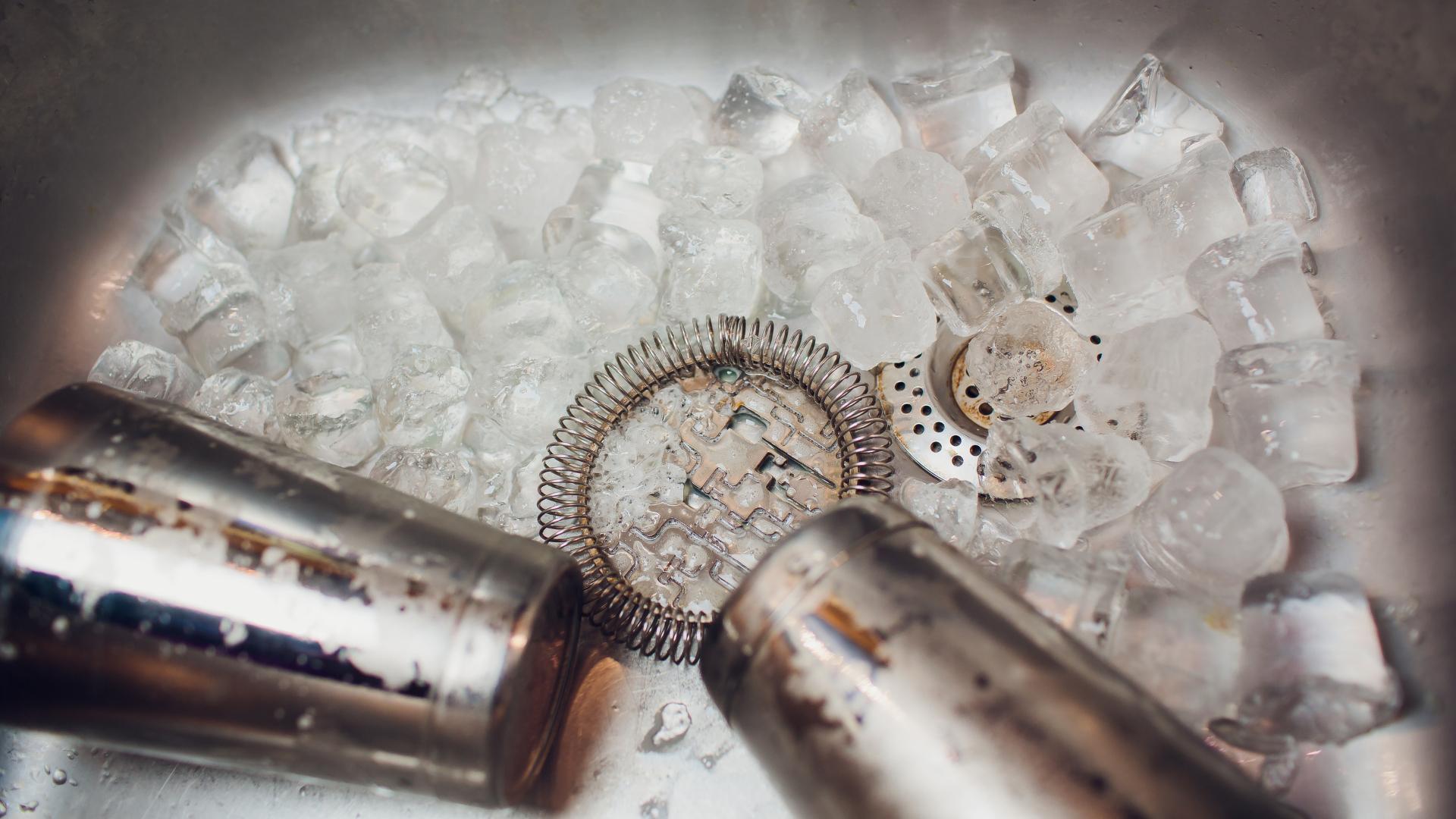
This category includes everything you will need to wash and store glassware and other bartending essentials. They play a vital role because cleanliness is one of the most defining factors in F&B businesses. Also, they take up a lot of space, and it’s highly recommended that you either create a separate place for them or that you think of innovative ways of including them in your layout if you have a small bar. A double sink with running water is probably the safest bet, but you might also want to include a glasswasher to speed up the process if you have a busy bar. Finally, a good glass rack covered with mesh netting is a must to keep your glasses pristine for service.
3. Bar Refrigeration and Ice Machines
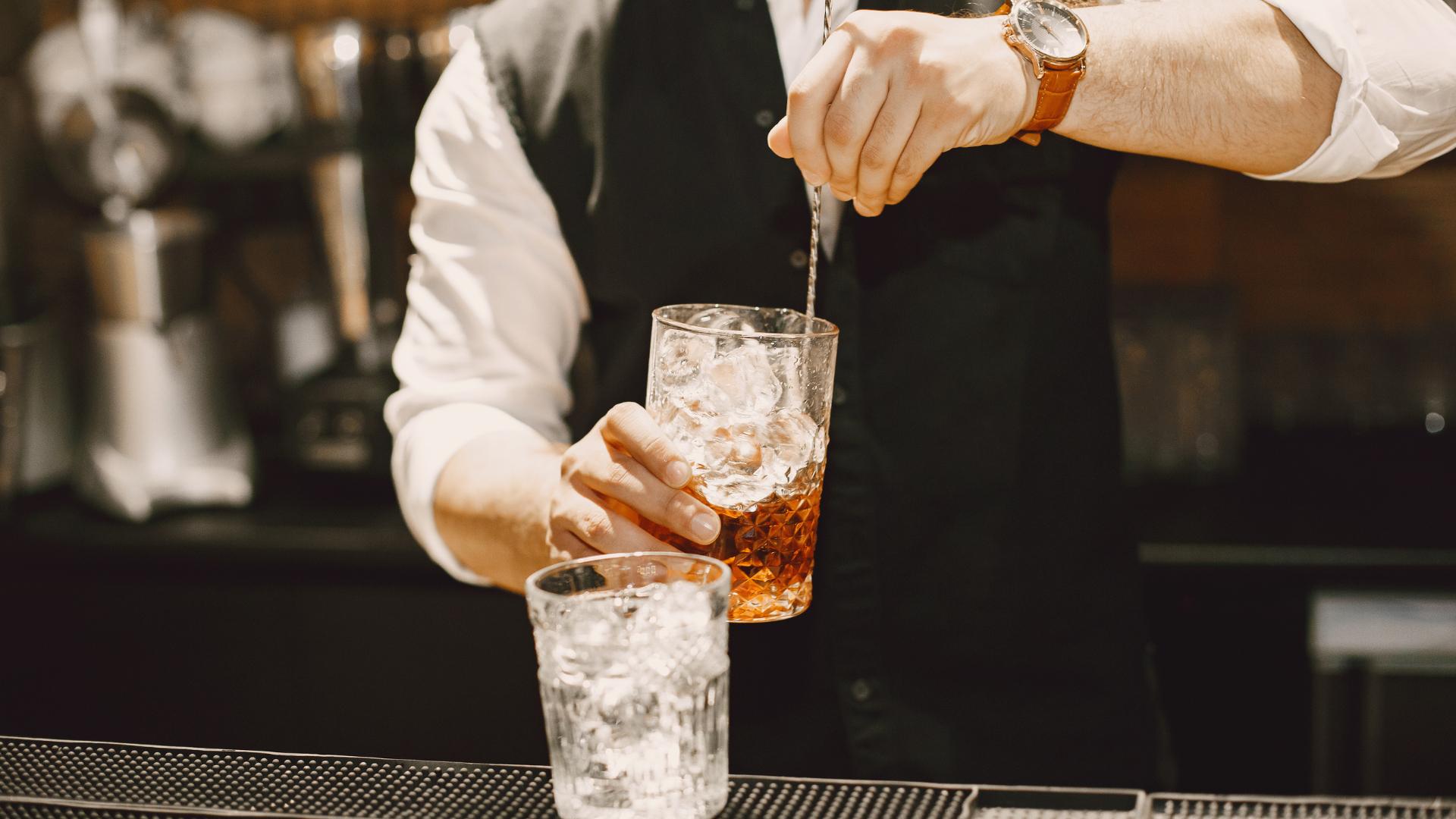
The biggest and likely most expensive pieces of equipment you’ll need fall into this category. They are essential because most of the drinks are served chilled, cold, or with ice. They are pricey and usually occupy a lot of space, but the good news is that there are lots of brands that can suit your needs in terms of design, size, and usability. Some of the most common machines in this category are the following:
- Ice machines
- Ice boxes
- Horizontal and vertical refrigerators
- Bottle coolers
- Wine refrigerators
- Glass coolers
- Beer dispensers and kegerators
These are the first machines you should consider when equipping your bar because they’ll affect the working area layout the most. It’s also important to be thorough and do in-depth research when shopping for these types of equipment – they can be expensive, but it’s worth paying for high-quality equipment that will fail less and be easier to fix if they do.
4. Bartending Equipment Essentials
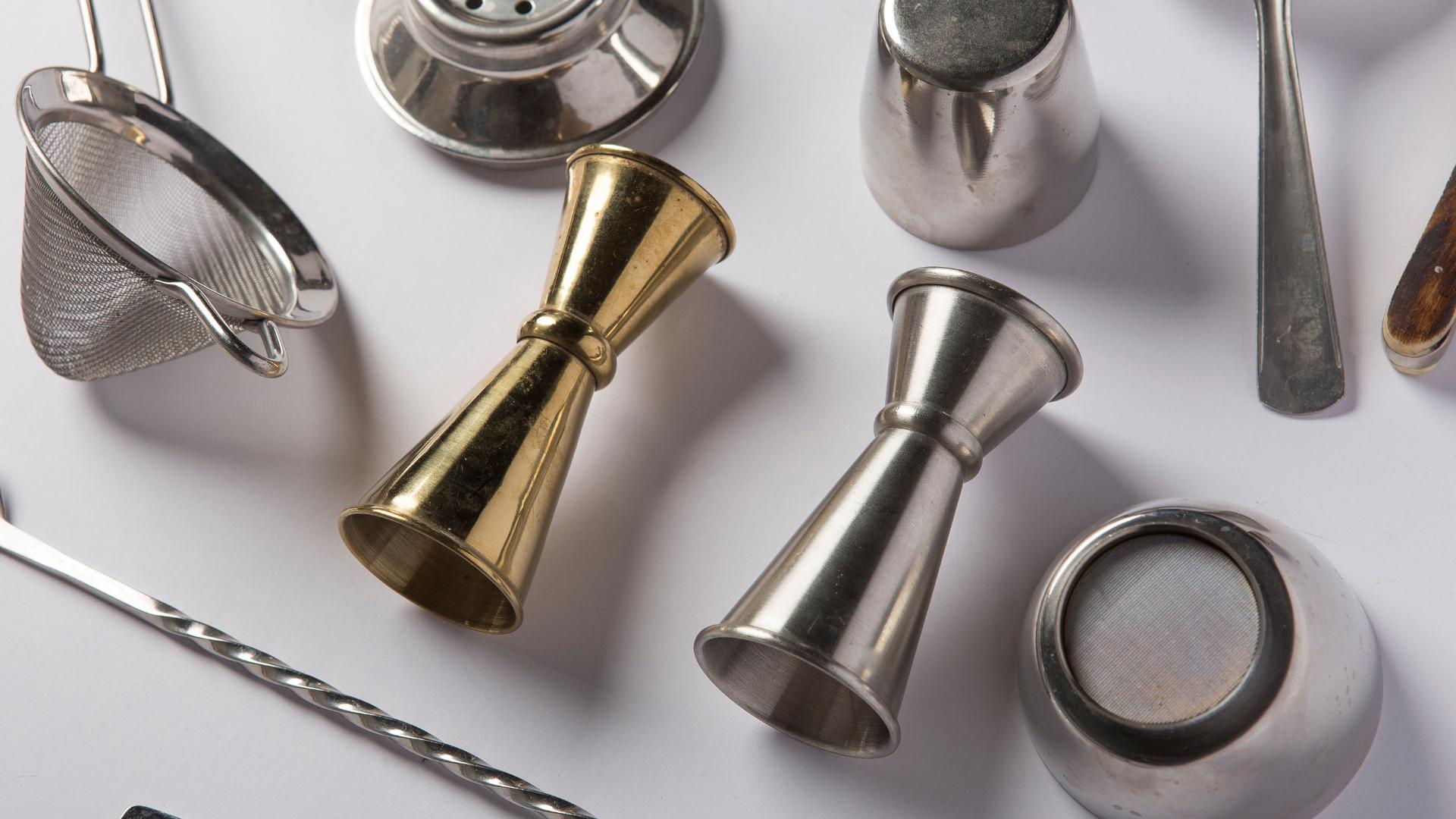
Now comes the interesting part – the bartending equipment. Bartending is an art where the tools matter to achieve the best results, even though no one uses the same standardized tools. That’s because the bartender is the one who decides which equipment to use. That’s why it’s a good idea to consult your bartender to determine the tools he’ll need. Still, you’ll likely need some of the following tools:
- Shakers, mixers, and mixing glasses
- Different types of strainers and funnels
- Jiggers and measuring cups of different sizes
- Regular and bartending spoons
- A respectable set of knives, fruit carving tools, zesters, and peelers
- A heavy-duty blender
- Ice picks, tongs, and small garnishing tools
- Smokers, infusion jars, bottles, and decanters
- Pouring spouts and bottle openers
- Muddler or mortar and pestle
- Color-coded chopping boards
- Soda siphons and whipping canisters
- Different types of ice molds and carving tools
Equipping your bartenders with these will ensure they can produce delicious, high-quality, and beautiful cocktails and drinks to satisfy patrons.
5. Bar Glassware
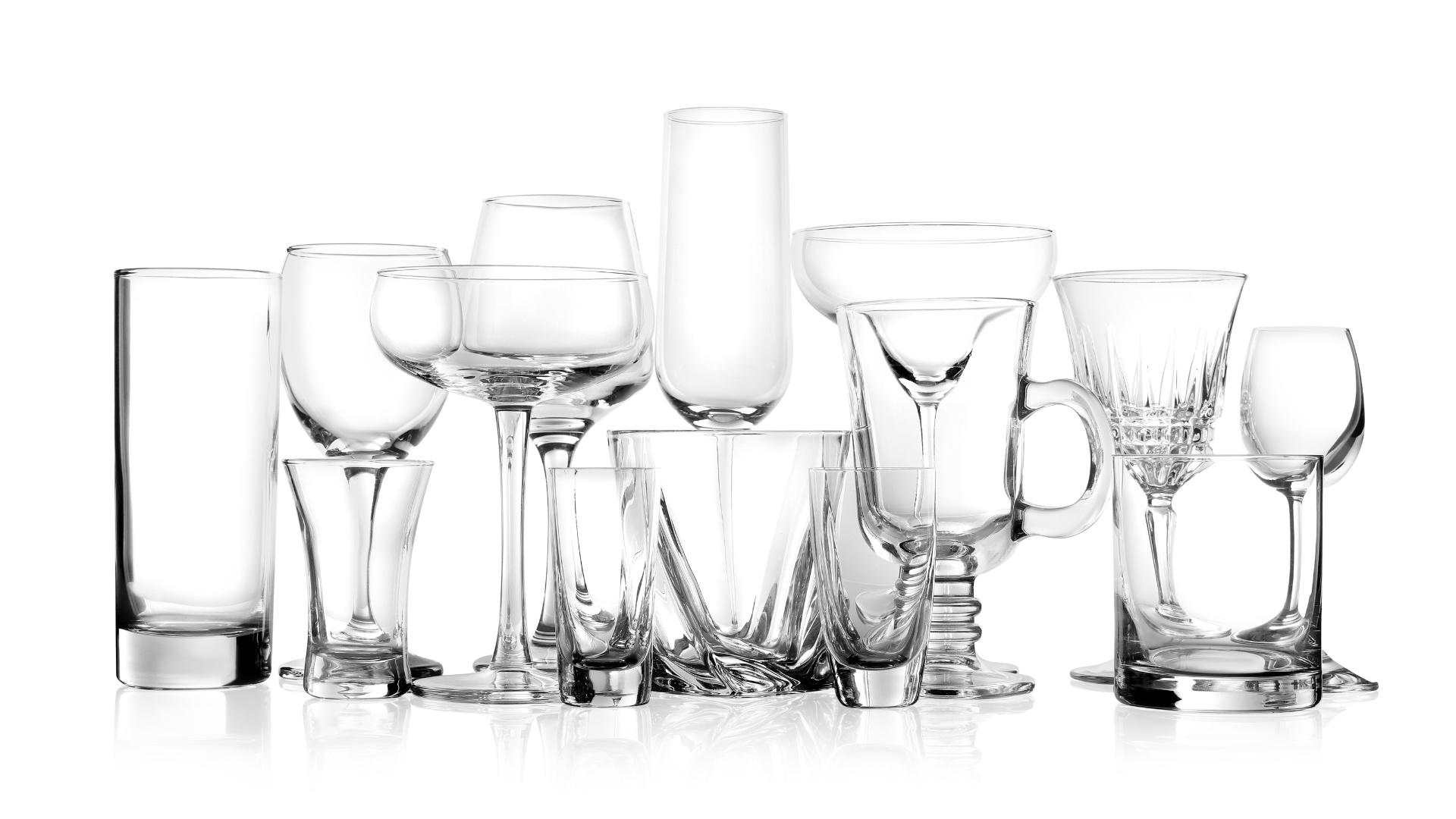
I won’t go into much detail about glassware because there are hundreds if not thousands of them. I will mention the most common ones you’ll find at a bar, which are probably the ones you should buy for yours.
- Rocks
- Hurricane
- Zombie
- Sling
- Liqueur
- Tumbler
- Cocktail
- Margarita
- Coupe
- Martini
- Wine Glasses
- Beer Glasses
- Sour
- Collins
- Shot Glass
- Old Fashioned or lowball glass
- Highball
Keep in mind that you can always innovate and find interesting glassware for special drinks you want to offer on your menu, so you’re in no way limited to these. Additionally, you can buy glasses of different materials other than glass, but this depends on the type of bar you run. Another good idea is to have plastic cups handy at all times for takeaway drinks and big events. And finally, do make sure to buy numerous replacement sets, after all, your business is almost about making people drowsy!
6. Miscellaneous, Cleaning, and Disposable Items
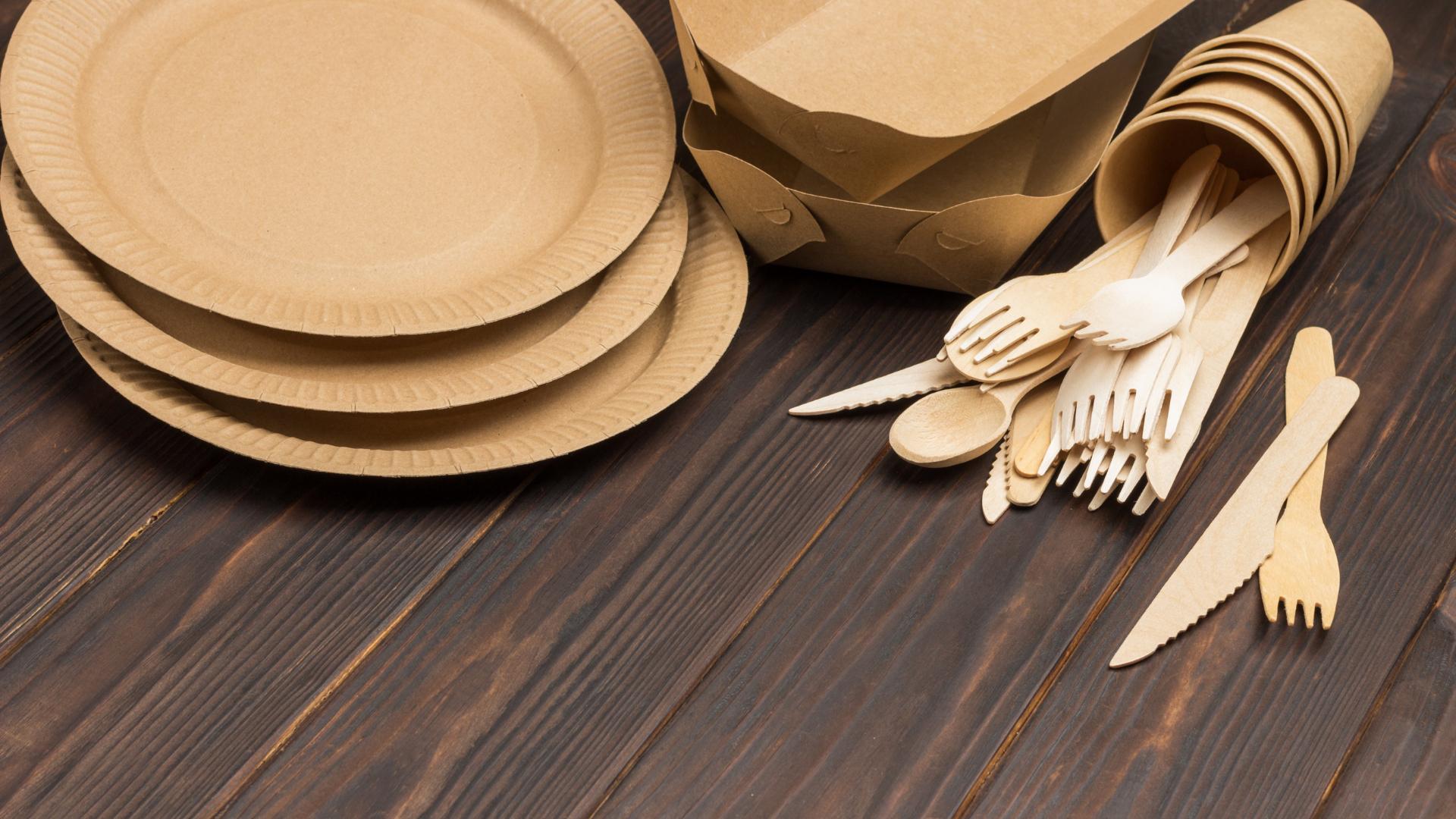
Racks, speed rails, floor mats, counter anti-spilling mats, under-counter hooks and hangers, moving carts, and more fall into this category. There are numerous items that might seem unnecessary, but they really make a difference when working as a bartender. Everything that seems simple but makes a bartender work faster and comfortably falls into this category. It’s also worth mentioning that you must also get other items like paper napkins, different types of straws, towels, nitrile gloves, sanitizing and cleaning supplies, and much more.
7. Bar Technology
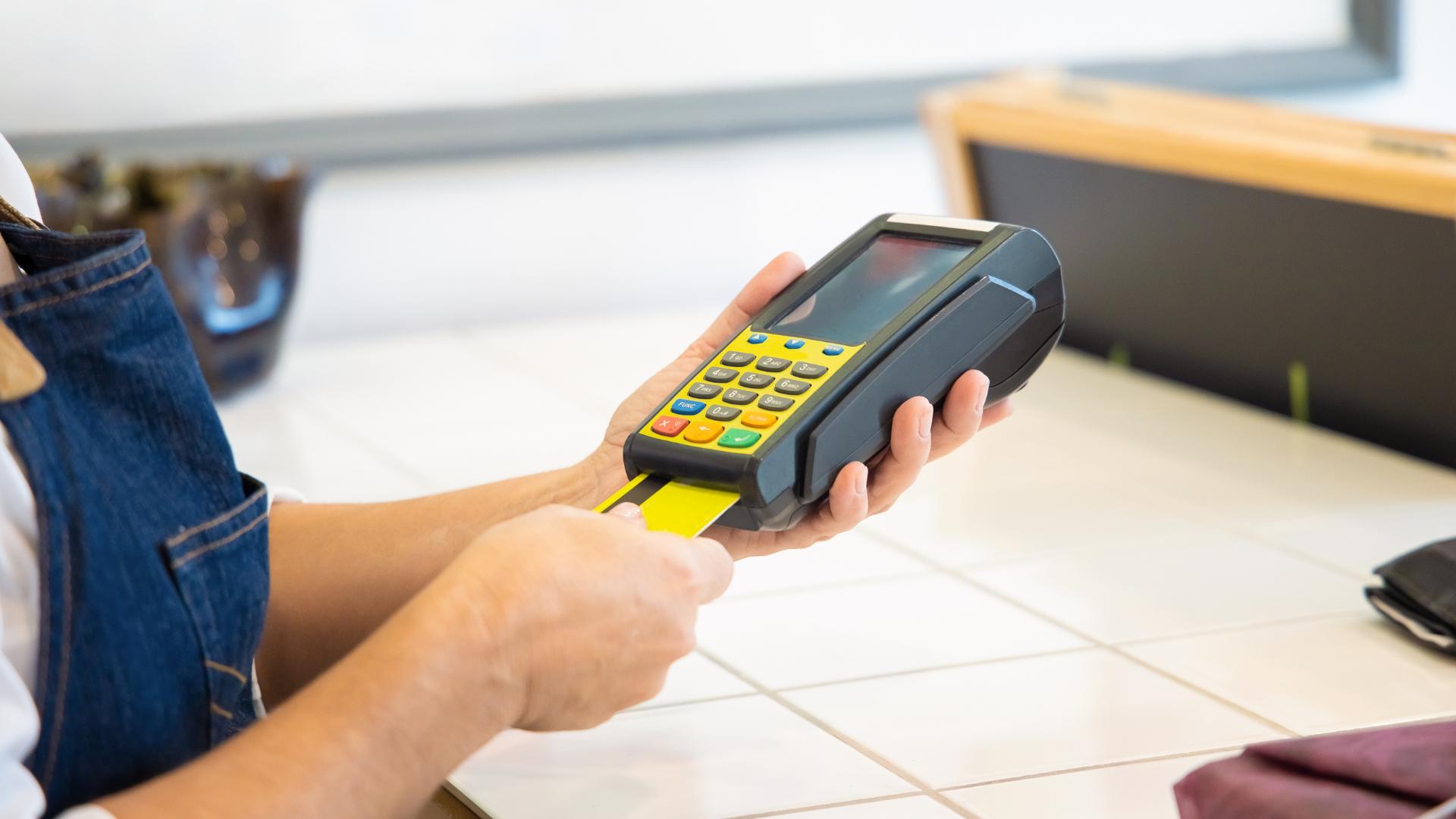
There are other things you will need to buy to run a bar successfully – bar technology to improve your service and customer experience. You must buy the following:
- Internet connection with a high-quality ethernet router, especially if you want to offer Wi-Fi to your patrons
- A good sound system to entertain your customers
- And POS technology to make the payment experience satisfactory
If you don’t want to have a very complex POS system or if you want to spend more in other areas of your business, Waiterio can help you. Our POS system is simple and easy to use to run a bar efficiently. You can keep track of your sales, know the best-selling items, and even manage your staff from a single platform that doesn’t require that much equipment. Learn more about what Waiterio has to offer!
Running a Succesful Bar is Not as Hard as You Think
When you first open a bar, buying the best equipment can save you from wasting time and money in the long run. That’s why we highly recommend that you stick to the following three rules when doing so:
- Buy only the essentials. Again, consider the factors I mentioned above!
- Buy tools that have a balance between price and quality
- And don’t buy the overly cheap stuff – saving money is only a short-term benefit!
These three rules will help you during the buying process to narrow down your shopping list. Are you ready to make the investment?
